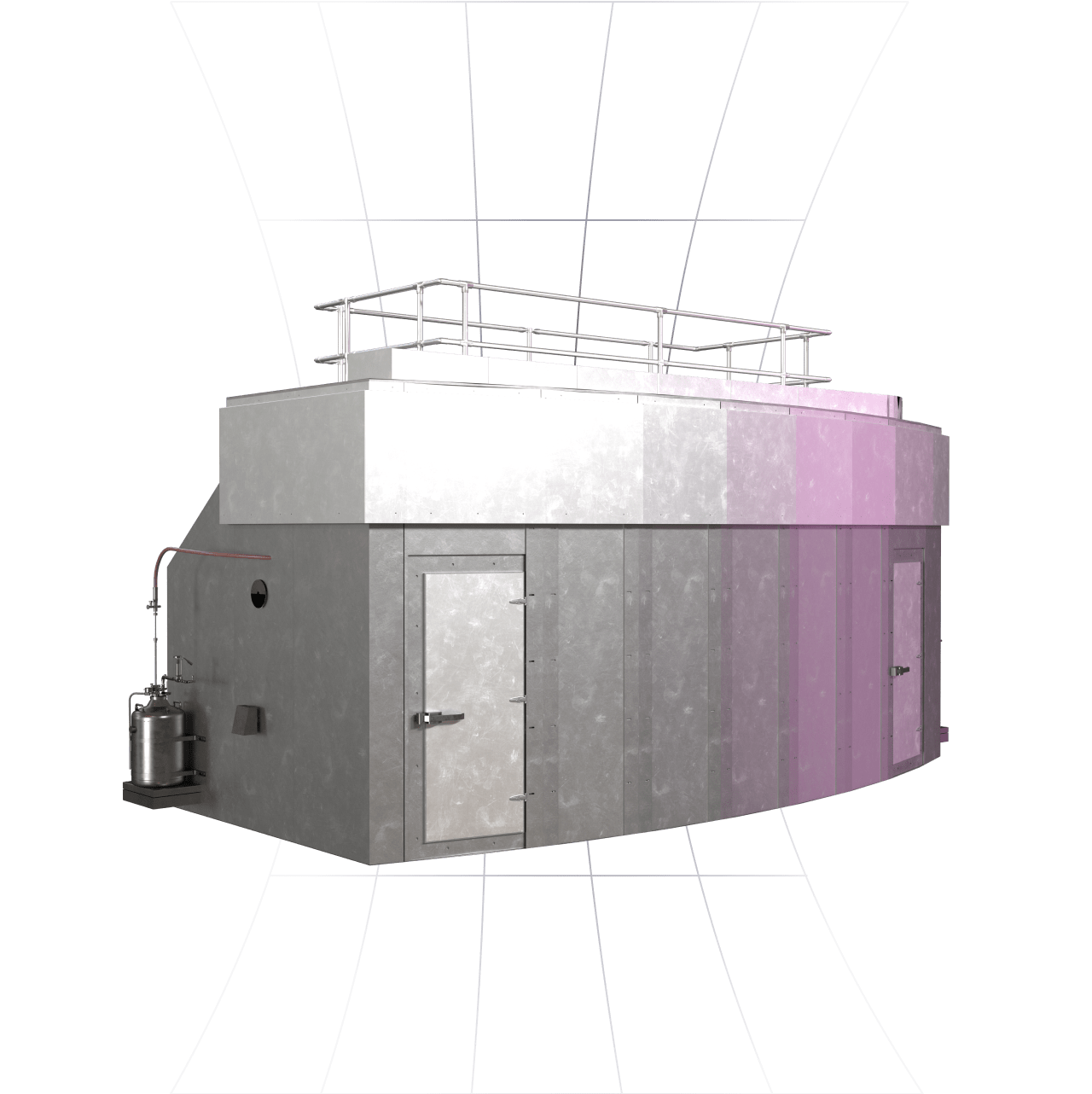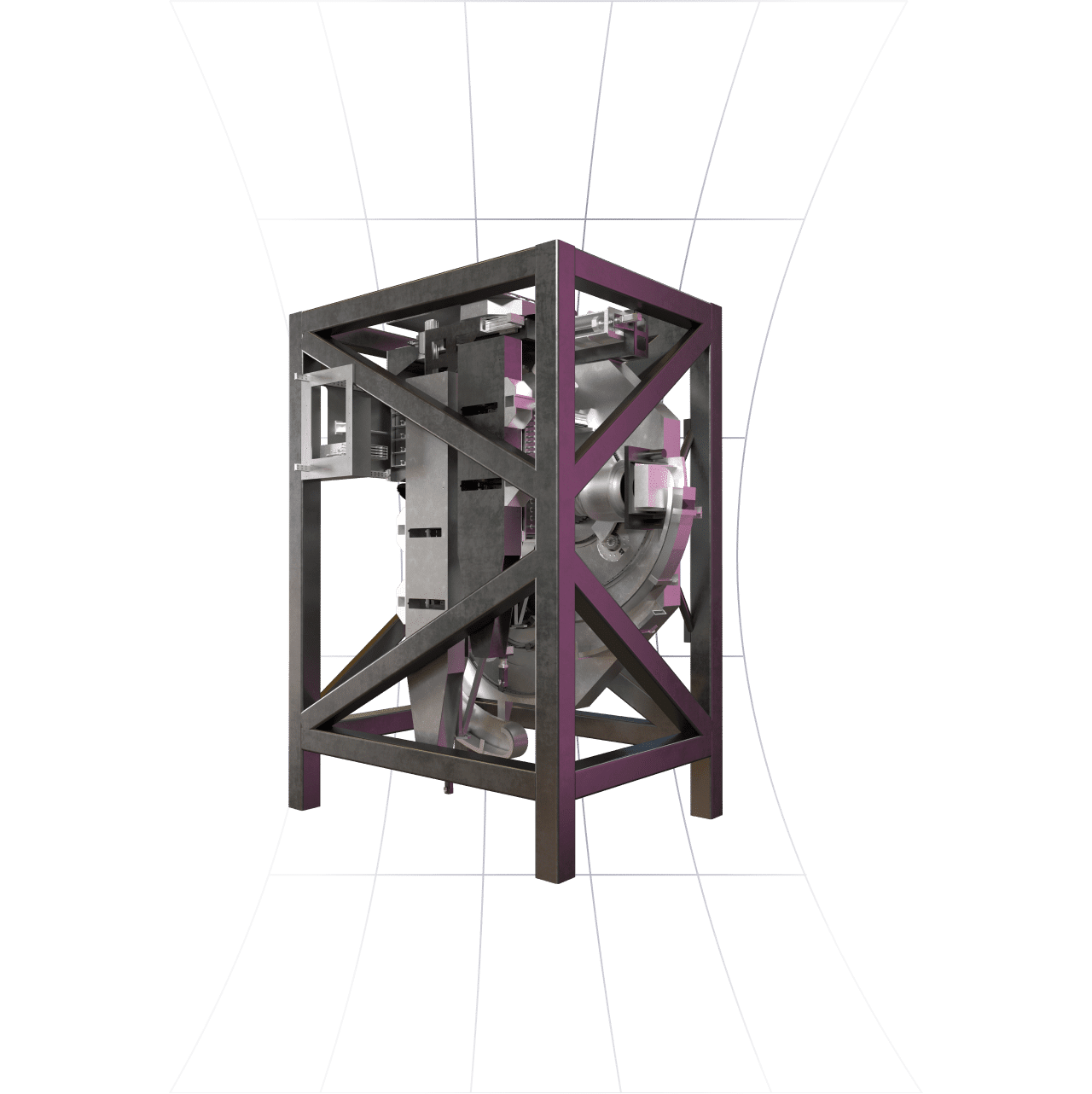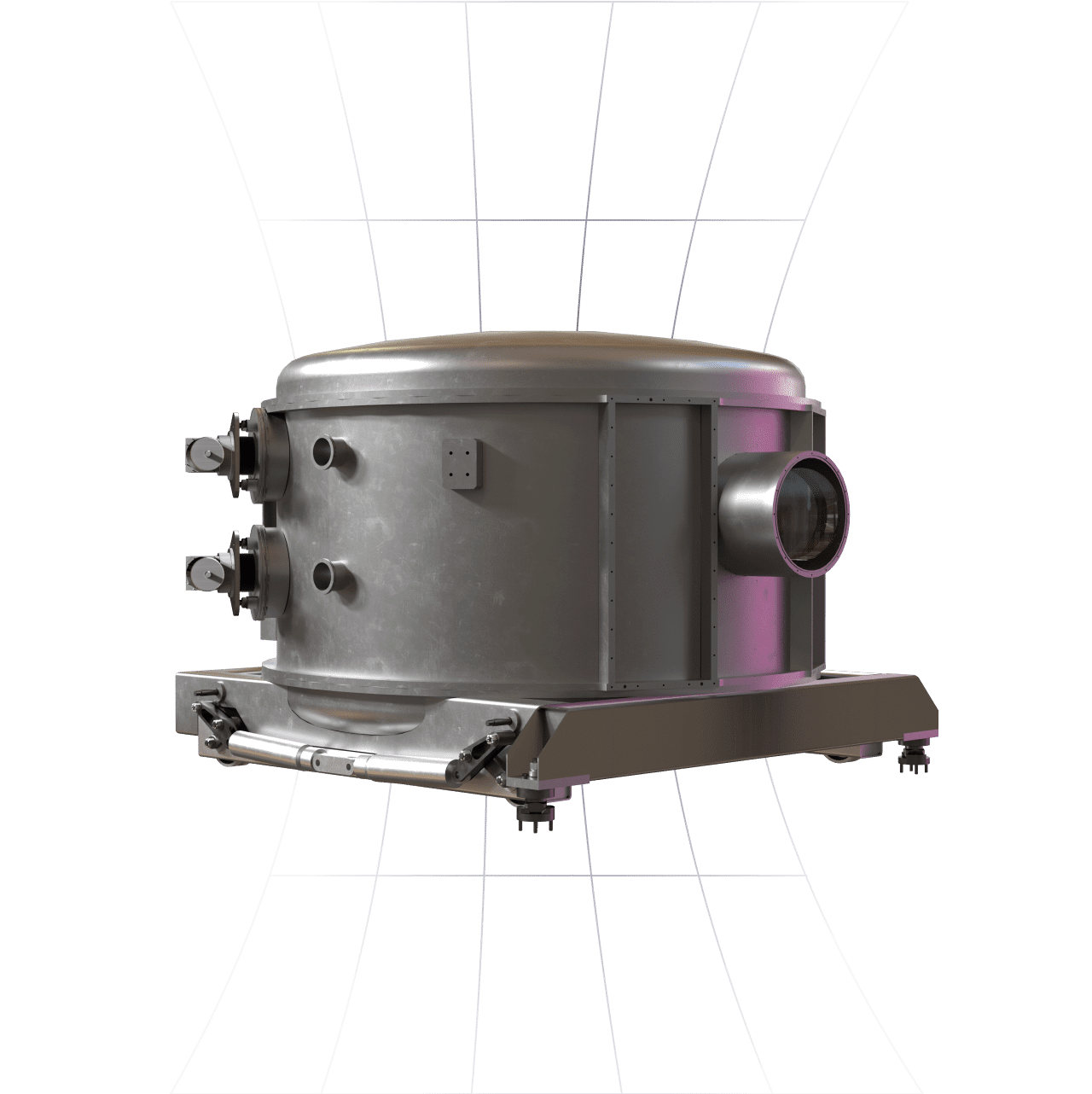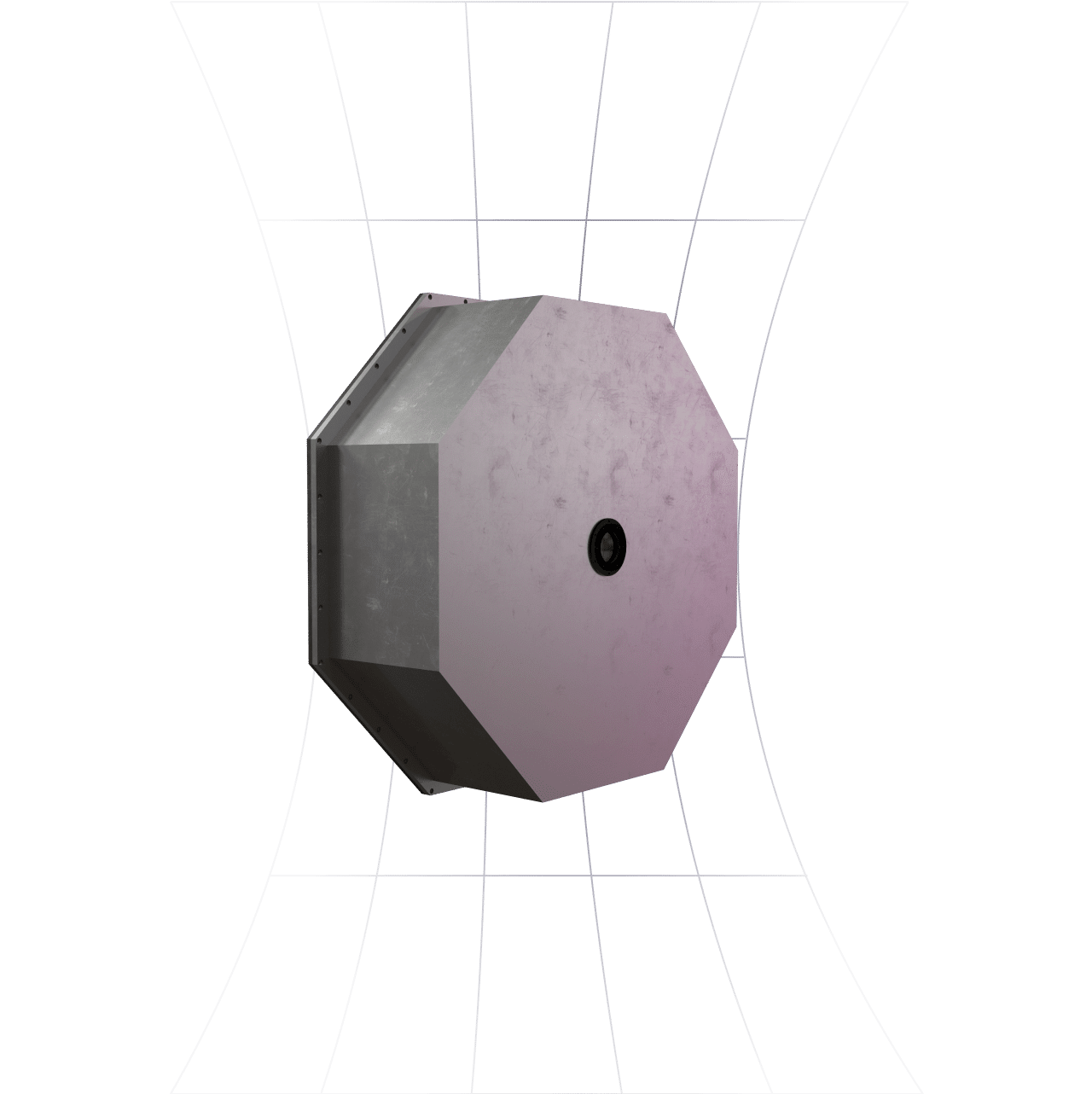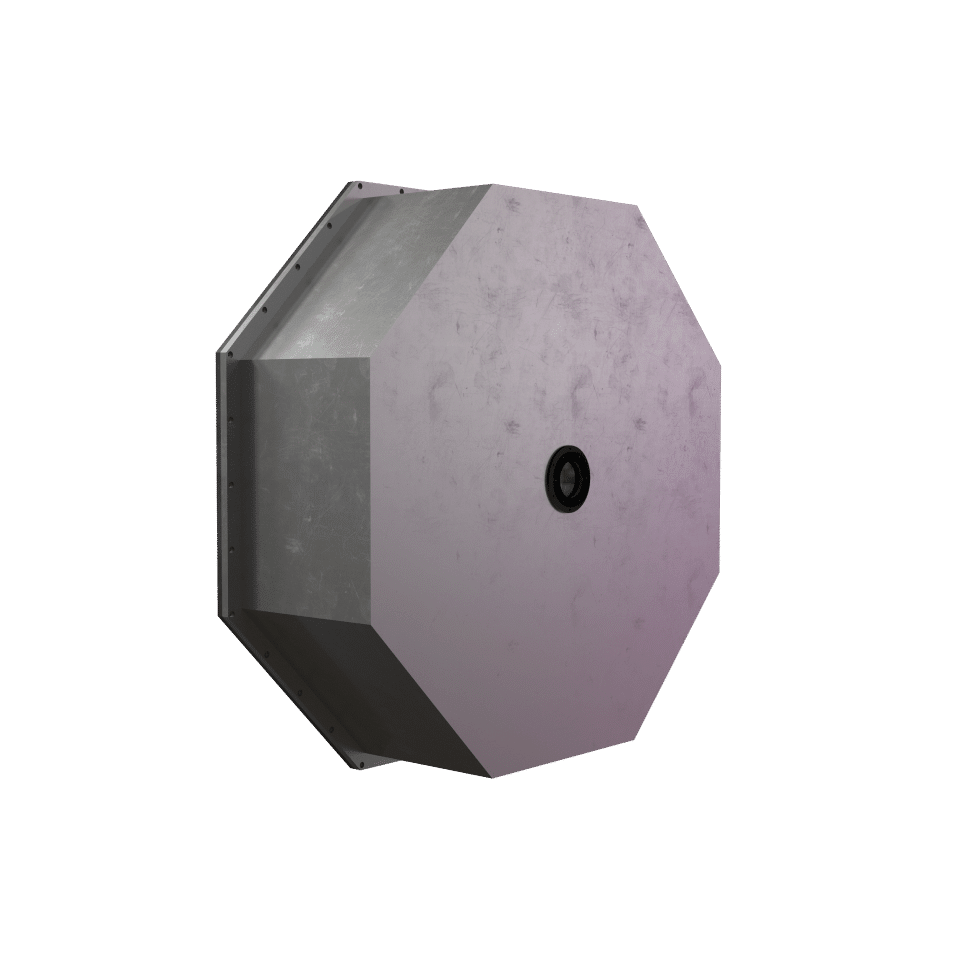
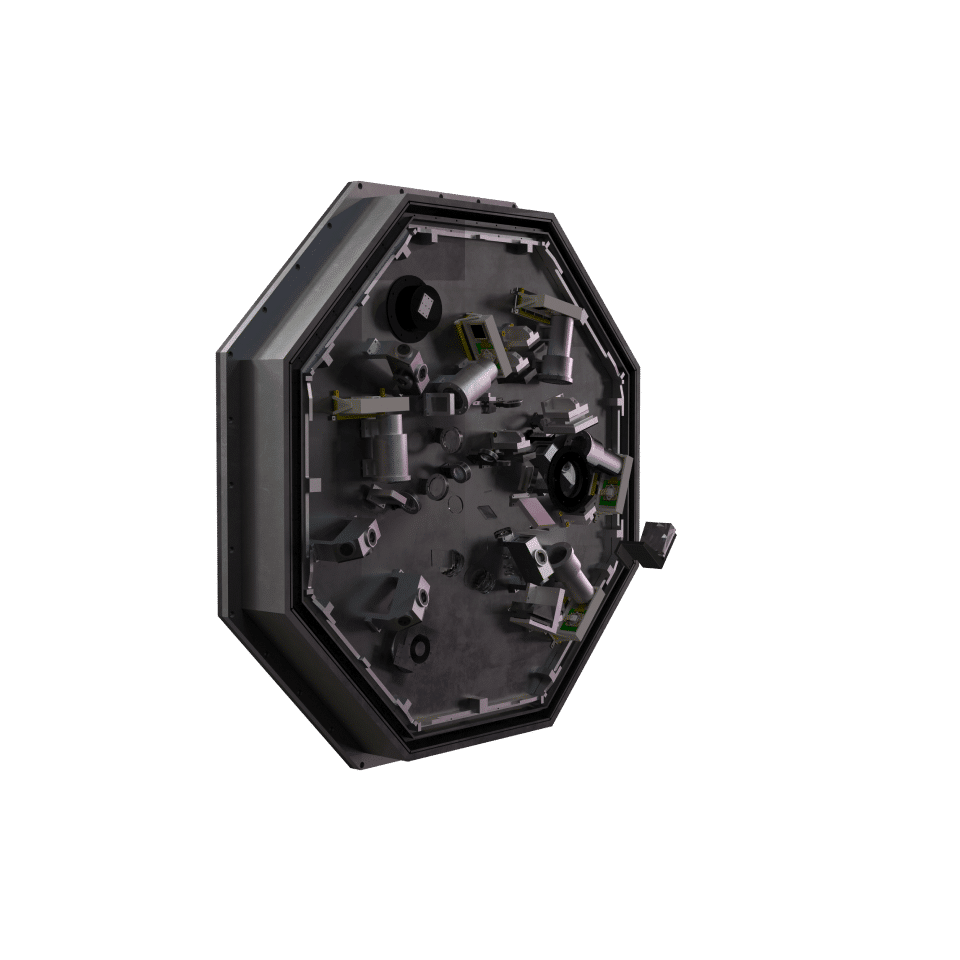

Near-Infrared Spectrograph
Giant Magellan Telescope Near-IR Spectrograph (GMTNIRS)
The Near-Infrared Spectrograph is best for imaging bright celestial objects over a narrow field of view. It was designed to study the formation of planetary systems, debris disks, small stars, Jupiter-mass planets, and other near-infrared objects in deep space. The Near-Infrared Spectrograph is a single-object near-infrared to mid-infrared echelle spectrograph that provides an extraordinary spectral multiplex advantage through simultaneous coverage of the full JHKLM bands. The instrument operates when the Giant Magellan Telescope is using adaptive optics viewing modes.
Designer
The GMTNIRS is being developed by astronomer Dan Jaffe from the University of Texas at Austin
Science Goals
- Exoplanets: atmospheric chemistry, internal structure
- Stars: formation of stars, disks, and planets, abundances
- Nearby galaxies: chemical evolution history and current stellar composition
- Distant galaxies: composition of universe in Lyα systems, abundances and evolution
Technical Specifications
Spectral resolutions:
65,000 (JHK), 85,000 (LM)
Wavelength range:
1.1 – 5.4 μm
Slit length:
1.2 arcsec
Additional Resources
More detailed information can be found on
University of Texas at Austin GMTNIRS webpage
GMTNIRS (Giant Magellan telescope near-infrared spectrograph): optimizing the design for maximum science productivity and minimum risk
Jaffe, D. T., Barnes, S. I., Brooks, C. B., Gully-Santiago, M., Pak, S., Park, C., Yuk, I.-S. | Proc. SPIE, 9147-74, (2014)
Science instrument development for the Giant Magellan Telescope
Jaffe, D. T. et al. | Author(s): Proc. SPIE 7735, Ground-based and Airborne Instrumentation for Astronomy III, 773525 (15 July 2010)
Design and early performance of IGRINS (immersion grating infrared spectrometer
Park, C. P., et al. | Proc. SPIE, 9147-48, (2014)
Explore the Instruments
explore
